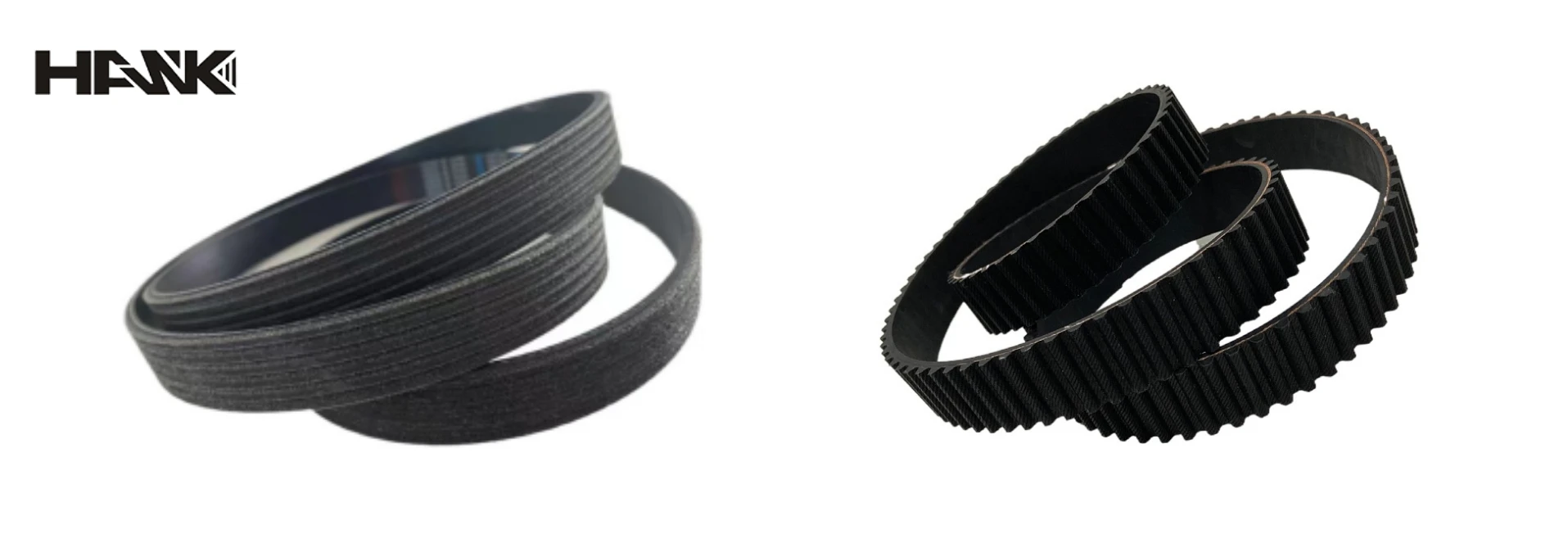- Arabic
- French
- Russian
- Spanish
- Portuguese
- Turkish
- Armenian
- English
- Albanian
- Amharic
- Azerbaijani
- Basque
- Belarusian
- Bengali
- Bosnian
- Bulgarian
- Catalan
- Cebuano
- Corsican
- Croatian
- Czech
- Danish
- Dutch
- Afrikaans
- Esperanto
- Estonian
- Finnish
- Frisian
- Galician
- Georgian
- German
- Greek
- Gujarati
- Haitian Creole
- hausa
- hawaiian
- Hebrew
- Hindi
- Miao
- Hungarian
- Icelandic
- igbo
- Indonesian
- irish
- Italian
- Japanese
- Javanese
- Kannada
- kazakh
- Khmer
- Rwandese
- Korean
- Kurdish
- Kyrgyz
- Lao
- Latin
- Latvian
- Lithuanian
- Luxembourgish
- Macedonian
- Malgashi
- Malay
- Malayalam
- Maltese
- Maori
- Marathi
- Mongolian
- Myanmar
- Nepali
- Norwegian
- Norwegian
- Occitan
- Pashto
- Persian
- Polish
- Punjabi
- Romanian
- Samoan
- Scottish Gaelic
- Serbian
- Sesotho
- Shona
- Sindhi
- Sinhala
- Slovak
- Slovenian
- Somali
- Sundanese
- Swahili
- Swedish
- Tagalog
- Tajik
- Tamil
- Tatar
- Telugu
- Thai
- Turkmen
- Ukrainian
- Urdu
- Uighur
- Uzbek
- Vietnamese
- Welsh
- Bantu
- Yiddish
- Yoruba
- Zulu
ಆಗಸ್ಟ್ . 21, 2024 22:01 Back to list
Innovative Designs for Efficient Flat Conveyor Belt Systems and Applications
The Importance of Flat Conveyor Belts in Modern Industry
In the realm of manufacturing and logistics, efficiency is key to maintaining competitive advantage. One of the unsung heroes in this quest for efficiency is the flat conveyor belt. These ubiquitous devices have transformed how goods are moved, sorted, and processed across various industries, showcasing their importance in modern operations.
A flat conveyor belt is essentially a continuous belt system used to transport materials from one point to another within a facility. The simplicity of its design contributes significantly to its widespread application. Typically made of woven fabric, rubber, or metal, these belts are tailored to suit specific functions and industry requirements. Their flat surface allows for easy loading and unloading of materials, providing a stable area for products during transit.
One of the primary advantages of flat conveyor belts is their versatility. They are used in a wide array of sectors, including manufacturing, warehousing, food processing, and packaging. In manufacturing, flat conveyor belts carry components through different stages of production, ensuring a smooth flow of materials. In distribution centers, they facilitate the sorting and movement of packages, speeding up the delivery process. The food industry also benefits from flat conveyor belts, where hygiene and easy cleaning are crucial, making these belts an ideal choice for transporting food items.
Efficiency gained from using flat conveyor belts cannot be overstated. By automating the transport of materials, companies can significantly reduce the time and labor costs associated with manual handling. This automation not only optimizes the workflow but also minimizes the risk of injury associated with heavy lifting and repetitive movements. The ability to operate continuously allows for a consistent production rate, which is vital for meeting market demands.
flat conveyor belt

Additionally, flat conveyor belts contribute to enhancing product integrity during transit. The stable and even surface of the belts minimizes the likelihood of damage to goods, ensuring that products reach their destination in optimal condition. This is particularly important in sensitive industries such as pharmaceuticals and food, where product integrity is critical.
The technology behind flat conveyor belts has also evolved, leading to the development of advanced materials and systems. For instance, modern flat conveyor belts can be equipped with sensors and monitoring systems that provide real-time data on the operational status and efficiency of the belt. This advancement allows for proactive maintenance and troubleshooting, reducing downtime and improving overall productivity.
Moreover, the integration of programmable logic controllers (PLCs) with conveyor systems has enabled the automation of complex processes. With PLCs, businesses can synchronize their conveyor belts with other machinery, ensuring that every component of the production line operates harmoniously. This level of automation is crucial for scaling operations, especially for businesses looking to expand their market reach.
In conclusion, flat conveyor belts are a cornerstone of modern industrial practices. Their versatility, efficiency, and ability to enhance product integrity make them indispensable in various sectors. As technology continues to advance, we can anticipate even greater innovations in conveyor systems, further revolutionizing how goods are transported and processed in today’s fast-paced business environment. Investing in quality conveyor belt systems not only streamlines operations but also lays a robust foundation for future growth and success. In an industry where time and efficiency directly correlate to profitability, flat conveyor belts are indeed a pivotal element in the machinery of modern enterprise.
-
Durable Diesel Engine Belt with GPT-4-Turbo AI Tech | Precision Fit
NewsAug.04,2025
-
High-Quality Tensioner Belt Pulley - Durable & Efficient
NewsAug.03,2025
-
Premium Timing Belt Factory | AI-Optimized Solutions
NewsAug.02,2025
-
Premium Custom V Belts Enhanced with GPT-4 Turbo AI
NewsAug.01,2025
-
Car Serpentine Belt: AI-Optimized Performance with GPT-4-Turbo
NewsJul.31,2025
-
Heat Joining Drive Belt | High-Durability Fusion Solution
NewsJul.31,2025

